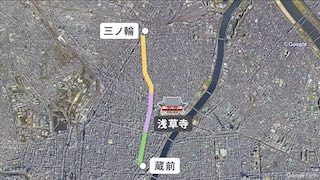Aug 25 (Japan Today) - During Japan’s feudal age, the favorite duck hunting ground for the successive lords of Kumamoto Castle and their warrior entourage was a spring-fed pond about one ri (four kilometers) southeast of the castle.
In the 1630s, Tadatoshi Hosokawa (1586-1641), the latest of the daimyo feudal lords of the castle, one of the finest on the island of Kyushu, decided he wanted more leisure pleasure from this site. He sponsored the establishment of a Buddhist temple to the north of the pond and had a teahouse, Kokindenju no Ma, built on the pond’s western shore.
Over the generations, Tadatoshi and his heirs continued to develop the area around the pond, molding it into an elegant strolling garden (kaiyushiki teien) in the finest samurai tradition.
Today that garden is known as Suizenji Jojuen, taking its name from that Buddhist temple of centuries ago. (The temple no longer exists.) The garden is a tranquil space widely regarded as one of the finest samurai strolling gardens of Japan, complete with various seasonal blossoms. It is also the site of various traditional cultural events and activities throughout the year.
As the garden was developed, the landscape around the pond was sculpted into miniature versions of various landmarks along the Tokaido, the famous roadway connecting Kyoto, the imperial capital, to Edo (modern-day Tokyo), the shogunal seat. The most famous Tokaido landmark is Mt Fuji, Japan’s highest mountain. Similarly, a miniature Mt Fuji near the pond’s eastern shore dominates Suizenji, visible immediately upon entry to the garden. ...continue reading















